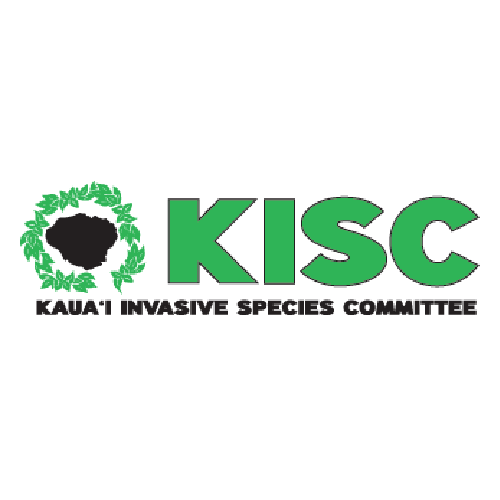Family: Fabaceae
Kummerowia stipulacea (Korean clover, Korean bush clover) is a legume native to East Asia. This plant found its way to the United States through intentional planting in Arlington, Virginia, by the USDA in 1919. It was selected, alongside Japanese clover, to restore vegetation on abandoned coal mine sites. The seeds were sown to attract wildlife and serve as a source of forage for livestock. The nitrogen-fixing capability of legumes like Kummerowia stipulacea can reduce the need for synthetic fertilizers in agriculture, making them environmentally beneficial. Additionally, it can help control erosion. Today, this plant thrives in the wild, acting as a food source to various mammal and bird species. Despite being classified as a weed in certain regions, it displays a relatively non-aggressive nature and is generally not considered a noxious weed. This plant has not been documented as naturalized in any Hawaiian Islands to date.
High Risk Traits:
- Grows in regions with subtropical climates, but does best in temperate regions
- Naturalized in the southeastern United States
- A disturbance-adapted, weedy plant that may impact other agricultural crops or the natural environment, although specifics impacts have not been documented
- Moldy hay may be toxic to grazing animals
- Tolerates many soil types
- Reproduces by seeds
- Self-fertile
- An annual, reaching maturity in <1 year
- Seeds dispersed in cattle and horse feces, along trails and roads, possibly water, and through intentional cultivation
- Seeds may persist in the soil for two years or longer
Low Risk Traits:
- Despite reports of naturalization and weediness, specific negative impacts have not been documented
- Unarmed (no spines, thorns, or burrs)
- Provides fodder for livestock
- Thrives in sunny, high light environments (dense shade may inhibit spread)
- Not reported to spread vegetatively
- Post-emergent herbicides may provide effective control if needed




